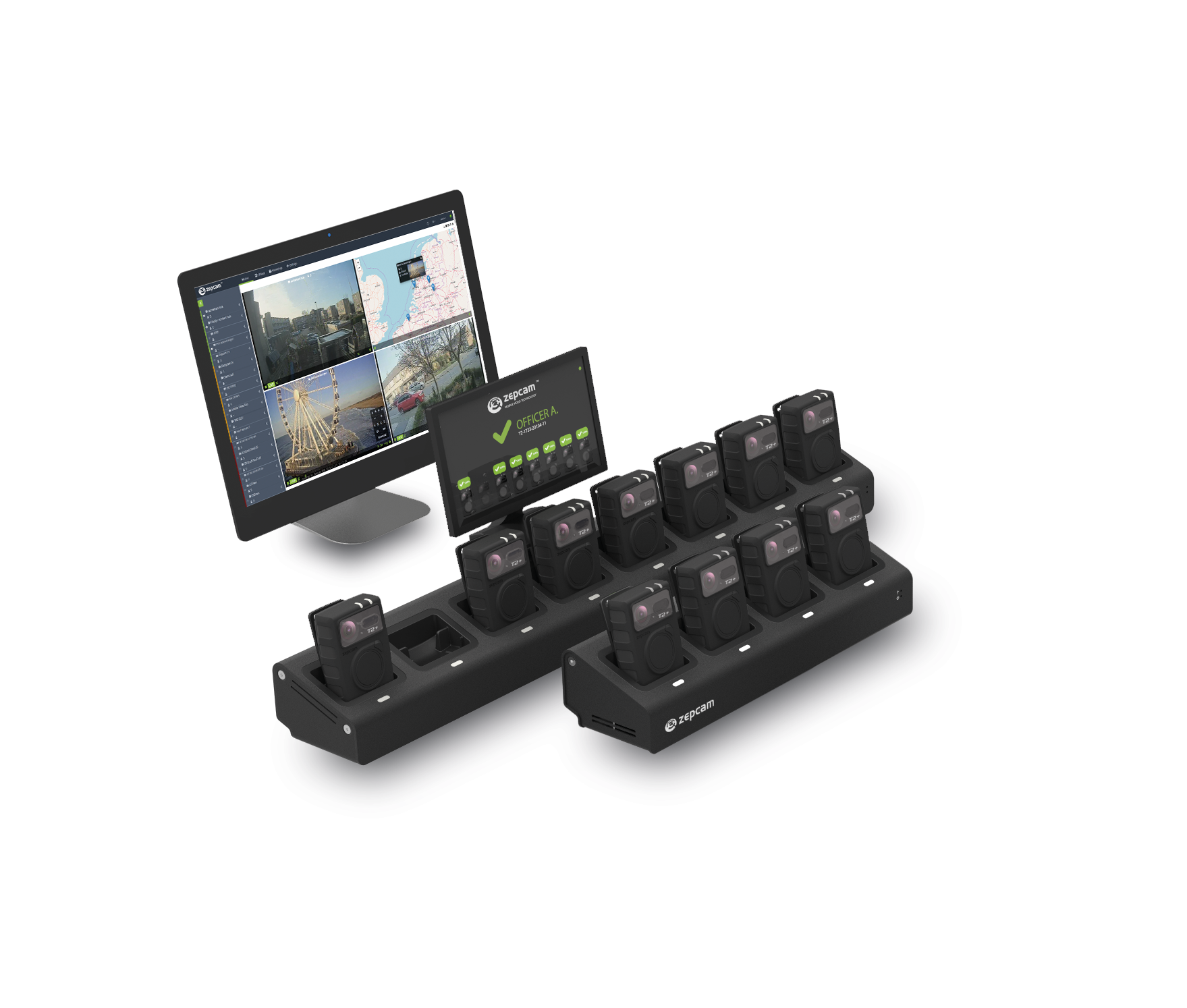Unlocking Security: The Benefits of Body-Worn Cameras in Law Enforcement

In recent years, body-worn cameras have become an essential tool in law enforcement. These devices are small, lightweight cameras attached to the uniform of police officers, recording audio and video of interactions with the public. The use of body-worn cameras has been shown to have numerous benefits for both law enforcement officers and the communities they serve. Let's explore some of the advantages of using body-worn cameras in law enforcement.
The Benefits of Body-Worn Cameras
Increased Accountability
- Body-worn cameras provide an unbiased record of interactions between law enforcement officers and civilians.
- They can help hold officers accountable for their actions and behavior while on duty.
- Having a video record can also protect officers from false accusations of misconduct.
Enhanced Transparency
- Body-worn cameras promote transparency in police-civilian interactions.
- Footage from these cameras can be used as evidence in investigations and court proceedings.
- They help build trust between law enforcement agencies and the communities they serve.
Improved Officer Training and Performance
- Reviewing footage from body-worn cameras can help identify areas for improvement in officer training.
- Officers can learn from their interactions captured on camera and make adjustments to their behavior and tactics.
- Body-worn cameras can also be used to recognize and reward exemplary performance by officers.
Challenges and Considerations
Privacy Concerns
- There are concerns about the privacy of individuals who are recorded by body-worn cameras.
- Law enforcement agencies must have policies and procedures in place to address the storage and handling of video footage to protect privacy rights.
- Some states have laws regulating the use of body-worn cameras and the release of footage to the public.
Cost of Implementation
- One of the challenges of implementing body-worn cameras is the cost associated with purchasing and maintaining the technology.
- Law enforcement agencies may need to budget for equipment, storage, and training related to body-worn cameras.
- Grant funding and partnerships with local organizations can help offset some of the costs.
Technology Limitations
- Body-worn cameras are not without limitations, including battery life, video quality, and field of view.
- Agencies must choose cameras that meet their specific needs and requirements.
- Regular maintenance and updates are necessary to ensure the cameras are functioning properly.
Best Practices for Implementing Body-Worn Cameras
Develop Clear Policies and Procedures
- Law enforcement agencies should establish guidelines for when and how body-worn cameras should be used.
- Training should be provided to officers on the proper use of the cameras and adherence to policies.
- Consider input from community stakeholders when developing camera policies.
Ensure Data Security
- Protecting the integrity and security of video footage is essential.
- Agencies should have secure storage systems and protocols in place to prevent unauthorized access or tampering.
- Encryption and password protection can help safeguard sensitive information captured on body-worn cameras.
Evaluate and Adjust as Needed
- Regularly assess the effectiveness of body-worn cameras in achieving their intended goals.
- Solicit feedback from officers and community members on the use of the technology.
- Be willing to make changes to policies and procedures based on feedback and outcomes.